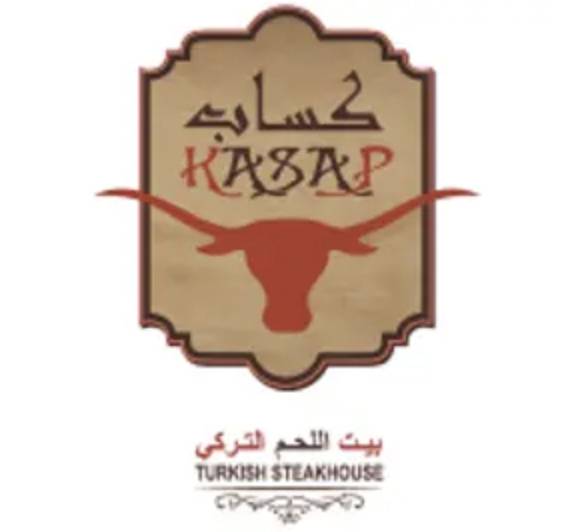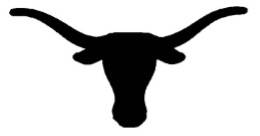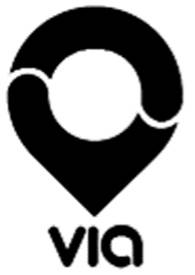Official marks in Canada: The prospect of upcoming changes
Official marks are statutory instruments specific to Canadian practice. They are not trademarks per se, but are treated similarly, because they are adopted and used by a limited group of organizations including universities, Canadian public authorities and Her Majesty?s Forces.1 In this article, we will be focusing on Canadian public authorities. There are several hundred marks in the Register belonging to public authorities, including the federal and provincial governments, government agencies and municipalities.
Unlike traditional trademarks, official marks do not protect specific goods or services, but instead cover all classes of goods and services. They may even be descriptive, as they are not required to be distinctive. Moreover, they are not registered in the usual sense of the word. Instead, a notice of adoption is simply published in the Trademarks Journal.
One unique feature of official marks is that they are not subject to a renewal process. They can therefore remain in the Register indefinitely. That being so, official marks may hinder the registration of a trademark filed subsequently, unless the public authority concerned voluntarily withdraws the notice of adoption of its official mark.
Lastly, it is important to note that official marks are not subject to examination or opposition proceedings. In other words, the Registrar of Trademarks (the ?Registrar?) makes no official verification as to their validity or compliance with the standard registration criteria.
Thus, because of the extensive protection afforded to official marks, they appear to be virtually unassailable. But is that really the case?
The Registrar considers that they have no discretion to refuse to give public notice of an official mark, unless it has not been registered by a Canadian public authority or such authority has not adopted or used its official mark at the time of filing its application.
When the Trademarks Act (the ?Act?) was amended in June 2019, trademark professionals were hoping that the criteria providing these marks with extensive protection would be revised. However, Parliament chose not to undertake an in-depth review of the laws governing official marks. That being said, the Office of the Registrar did provide some clarification in October 2020 as to its practice regarding official marks.
First, since 2020, the Registrar requires evidence of public authority status. This change was made further to several comments on the questionable status of certain so-called ?public authorities.? The decision in Ontario Association of Architects v. Association of Architectural Technologists of Ontario (C.A.), 2002 FCA 218, clearly states that for a body to qualify as a public authority, the government must exercise a significant degree of control over its activities, particularly as relates to its governance and decision-making, and such activities must benefit the public.
Given that the laws governing public authorities have been in force for several decades, it is reasonable to assume that many published official marks are no longer held by public authorities or no longer meet the criteria defining a public authority.
What is the proper way to respond to an opposition based on the resemblance between an official mark and a trademark?
The options are limited. It is important to remember that subsection 9(1) of the Act states that no person shall adopt in connection with a business, as a trademark or otherwise, any mark consisting of, or so nearly resembling as to be likely to be mistaken for, an official mark. The test is not based on a likelihood of confusion, as is the case when examining the likelihood of confusion between two trademarks. Instead, it is based on resemblance. Trademark professionals may argue that the applied-for mark is not identical or so similar to the official mark as to be confused with it. Another option?mainly in cases where the applied-for trademark is identical or very similar to an official mark?is to seek the consent of the official mark?s owner to use and register the trademark. In some cases, however, contacting a public authority may prove difficult, either because it no longer exists, or because it simply will not respond to requests for consent. Some public authorities ask for financial compensation in exchange for their consent.
Can an official mark be contested?
For the time being, there is no simple mechanism for contesting an official mark. The process of publishing a public notice of an official mark is not subject to opposition proceedings. Third parties have the option of contesting an official mark by means of an appeal or an application for judicial review to the Federal Court. They may do so in cases where an official mark was not adopted and used before the public notice was issued, or the body in question is not considered a public authority, or the official mark infringes on another mark. However, it should be noted that such proceedings are costly and take time.
So what does the future hold?
While the laws governing official marks remain essentially intact, some amendments are expected. The Canadian legislative authorities intend to add two new sections to the Act, namely sections 9(3) and 9(4). The purpose of these amendments is to clarify that even where a public notice has been issued concerning an official mark, such notice does not apply if the entity that requested it is not a public authority or no longer exists. In such circumstances, the Registrar may, on their own initiative or at a person?s request, give public notice that section 9 does not apply. Our understanding is that the Registrar will have new powers, including that of requesting?either on their own initiative or at the request of a person who pays the prescribed fee?that a so-called official mark be invalidated should its owner fail to respond to the Registrar?s notice requiring evidence of public authority status. This amendment to the Act should be introduced shortly.
On another note, there were some interesting decisions handed down in 2023.
KASAP TURKISH STEAKHOUSE & Design:
The decision in The Board of Regents of the University of Texas System and EDAM Ltd., 2023 TMOB 161, clearly establishes the limitations of official marks when it comes to assessing the likelihood of confusion between two marks. The Board of Regents of the University of Texas opposed the application for the trademark KASAP TURKISH STEAKHOUSE & Design (hereinafter ?Kasap?):

in particular, on the grounds that the Kasap mark bore such a resemblance to the official mark of the University of Texas that it could be confused with its official mark as shown below:

However, as previously mentioned, when assessing the resemblance between a trademark and an official mark, particular attention is paid to the similarity between the marks. The Trademarks Opposition Board concluded that the applicant?s applied-for mark did not resemble the official mark as to be likely to be mistaken for it, despite the presence of an image of a longhorn cow?s head in both marks. The distinctiveness of the word ?KASAP? in the applicant?s mark was deemed sufficient to distinguish the two marks. As such, the opposition was rejected. A mark that includes an official mark along with other elements does not ?consist of? that official mark.
Via Rail Canada Inc. and Via Transportation, Inc., 2023 TMOB 155
This decision concerns an opposition filed by Via Rail Canada Inc. (the Opponent and owner of an official mark) against a trademark application submitted by Via Transportation, Inc. (the Applicant). The application was for the mark ?VIA & Design? as shown below:

for use in association with the transportation of passengers and related mobile application software and telecommunication services.
The Opponent opposed the application based on an allegation that the mark caused confusion with its trademarks, official marks and trade names containing the word ?VIA? and used in association with its national railway services and related goods and services.
Ultimately, the Applicant?s application was rejected in part because the Applicant?s mark was not registrable under section 12(1)(e), as it was deemed too similar to the Opponent?s official ?VIA? mark, which was likely to cause confusion. The hearing officer summarized the resemblance test as follows in paragraph 106:
The resemblance test under section 9(1)(n)(iii) of the Act differs from a standard confusion analysis in that it requires a likelihood that consumers will be mistaken as between the marks themselves rather than a likelihood that consumers will be confused as to the source of the goods or services.
In short, the general consensus is that the laws governing official marks in Canada could certainly use a thorough revision, one that would help weed out any marks cluttering up the register of official marks that no longer fit the definition.
- Examples of university official marks: Université de Montréal (0910712), Universität Heidelberg (0923735), Louisiana State University (0923069). It should be noted that universities are not required to be Canadian to request publication of an official mark. The Armed Forces have adopted several marks on behalf of Her Majesty, including PORTE DAUPHINE (0903172) & Design, SKY HAWKS (0903269) and CORMORANT & Design (0903170). More specifically, we refer to sections 9 and following of the Trademarks Act.
Link to article


 Post a comment
Post a comment Print article
Print article

